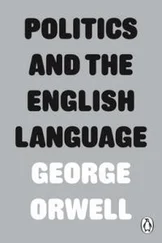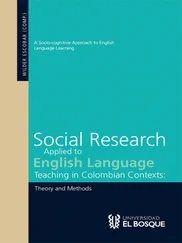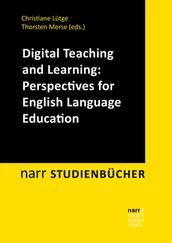find out
=
‘discover’
turn up
=
‘arrive’
let down
=
‘disappoint’
fall out
=
‘argue’
break down
=
‘stop working’ (machine)
It’s usually the very common verbs in English that form phrasal verbs – verbs such as:
come
go
put
set
take
turn
give
let
find
make
and the ADVERBS that go with them to make phrasal verbs are usually adverbs of place or motion : about
away
in
over
across
back
off
through
along
by
on
under
around
down
out
up
Remember: the important thing about phrasal verbs is that they often (though not always) have a meaning that is different from the separate meanings of the verb and adverb. For example, turn upmeans arrive– it has nothing to do with turning, or with motion up
– we simply have to learn that turn upis a single idea that means arrive.
Another characteristic of phrasal verbs is that many of them have more than one meaning . For example, set offcan mean ‘start (a journey)’, but it also means ‘activate’ – you can tell which meaning is intended by considering the rest of the sentence: We set off at nine o’clock
(start journey)
The burglar set off the alarm(activate)
40
You can buy special dictionaries of phrasal verbs in English, with examples of all their different meanings. You have to be careful where you put pronoun objects ( me, him, her, etc. – see Language point 5) with phrasal verbs. In Dialogue 2 the passer-by uses the phrasal verb write down, and says
Shall I write it down for you
not
‘Shall I write down it for you’
She puts the object it before the adverb part of the phrasal verb, not after. We’ll look at this aspect of phrasal verbs in more detail in Unit 7.
You will meet phrasal verbs in most of the units that follow, and you will find a short section at the end of the unit explaining their meanings.
Dialogue 5
This time it’s Helen looking for the tourist information office – it’s a popular place!
HELEN:
Excuse me – I’m looking for the tourist information office. Could you tell me how to get there?
PASSER-BY:
Yes – go down this road and take the first right, then the second left and you’ll see the information office on the corner.
HELEN:
So: down here, first right, second left and it’s on the corner.
PASSER-BY:
That’s right!
HELEN:
Thanks for your help.
PASSER-BY:
Bye.
Language point 21 – -ing and the present
continuous
In Dialogue 5 Helen says I’m looking for the tourist information office– she uses the PRESENT CONTINUOUS rather that the present simple, because she’s describing an action happening now . Compare these:
PRESENT SIMPLE
Steve drinks coffee
(every day)
PRESENT CONTINUOUS
Steve’s drinking coffee(at the moment)
41
We form the present continuous by adding the verb beto the ING-FORM of the main verb:
I’m drinking tea
you’re drinking coffee
he’s drinking milk
she’s drinking orange juice
we’re drinking hot chocolate
they’re drinking water
The ing-form never changes, but the AUXILIARY bedoes. (Go back and revise this if you need to – Language points 1, 4 and 11.) We form questions and negatives like this:
(+)
He’s drinking milk
(?)
Is he drinking milk?
(–)
He isn’t drinking milk
or He’s not drinking milk
We form the ing-form of the verb simply by adding ingto the base-form:
drink
drinking
eat
eating
talk
talking
But there are some changes sometimes:
Spelling rules
A base-form ending in a silent e drops this before adding ing: come
coming
not ‘comeing’
release
releasing
not ‘releaseing’
One-syllable base-forms ending in a single vowel + single b p m n r t double this letter before adding ing: stop
stopping
not ‘stoping’
run
running
not ‘runing’
slam
slamming
not ‘slaming’
hit
hitting
not ‘hiting’
rob
robbing
not ‘robing’
42
Exercise 4
Write the ing-form of the following verbs.
1 remove ___________
2 write
___________
3 read
___________
4 hurry
___________
5 fit
___________
6 open
___________
7 fly
___________
8 chase
___________
9 pay
___________
10 ask
___________
Exercise 5
Write the following sentences in the correct present tense.
1
I (eat/’m eating) lunch now.
2
Dave (reads/’s reading) a book every week.
3
These plants (grow/are growing) better outside.
4
This bus always (goes/is going) to the airport.
5
Terry (reads/’s reading) the paper – don’t disturb him.
6
My granny was born in Russia – she (speaks/’s speaking) Russian.
Exercise 6
Change these present continuous sentences into questions.
1
She’s going to the library.
Is she going to the library?
2
They’re waiting for us.
_______________________ ?
3
Dave’s studying Law.
_______________________ ?
4
The children are having
_______________________ ?
breakfast.
5
Jack and Jill are washing
_______________________ ?
the car.
6
The weather’s improving.
_______________________ ?
7
This music is disturbing them. _______________________ ?
8
I’m driving too fast.
_______________________ ?
43
Exercise 7
Change these sentences as indicated.
Читать дальше












